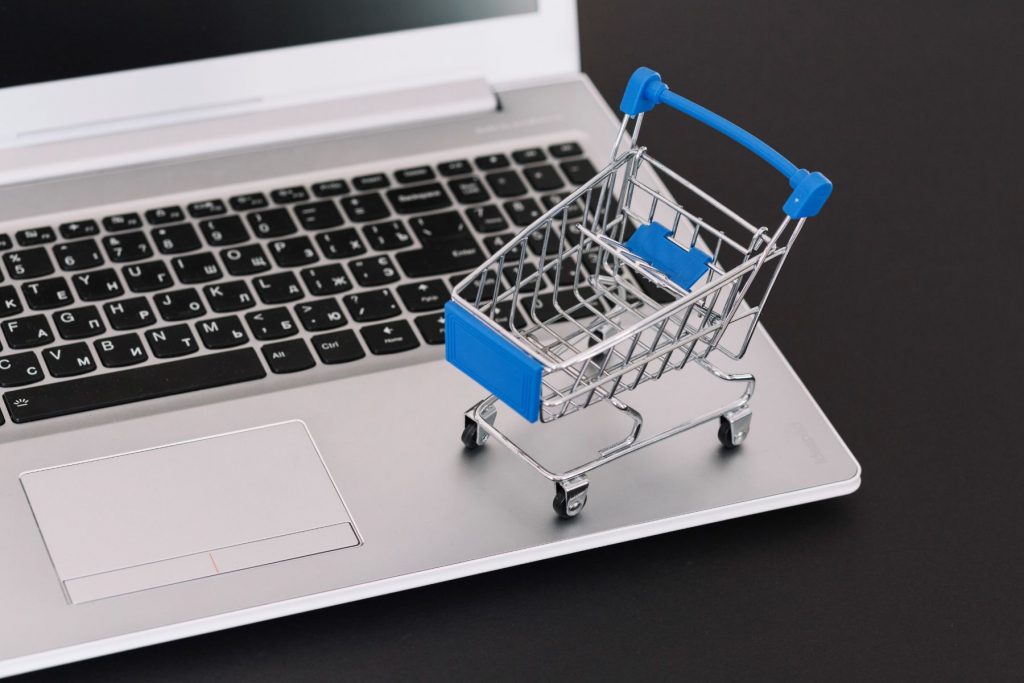It’s the age-old debate. Is the priority making your site look fabulous, or getting those site speeds dialled up to 11? We’re going to spend some time looking into this question that has caused no end of head scratching for ecommerce directors and managers.
Let’s be clear, design and speed are both crucial factors for the success of an ecommerce site. However, determining which is more important requires an honest examination of their respective impacts on user experience (UX), conversion rates, and overall site performance. Let’s look into each aspect individually before drawing any knee-jerk conclusions.
Ecommerce Site Design:
A visually appealing design is the first impression users have of an ecommerce site. It’s the shop window. It encompasses layout, colour scheme, typography, imagery, and overall aesthetics. In short, everything your site says about you. Here are some reasons why design matters:
- User Engagement: A well-designed site captivates users and encourages them to explore further. Intuitive navigation and clear calls-to-action guide users seamlessly through the purchasing journey, enhancing engagement.
- Brand Image: Design reflects the brand’s identity and values. A cohesive design strengthens brand recognition and trust, crucial for customer loyalty and repeat purchases.
- Conversion Optimisation: Design elements such as product placement, visual hierarchy, and persuasive copy really do influence conversion rates. A thoughtfully designed checkout process can reduce cart abandonment and increase sales.
- Mobile Responsiveness: With the seemingly never-ending rise of mobile shopping, responsive design is essential. Mobile-friendly interfaces ensure a seamless experience across devices, catering to the ever-growing number of smartphone users.
Ecommerce Site Speed:
Site speed refers to how quickly a web page loads and responds to user interactions. It plays a significant role in user satisfaction and search engine rankings. Consider the following points regarding the importance of speed:
- UX: Fast-loading pages provide a smooth browsing experience, reducing bounce rates and keeping users engaged. Slow loading times frustrate visitors and increase the likelihood of them abandoning the site. As users, we get bored in milliseconds.
- Search Engine Optimisation (SEO) Impact: Search engines prioritise fast-loading sites in their rankings. Improved SEO leads to higher visibility and organic traffic, benefiting overall site performance and revenue generation.
- Conversion Rates: Studies have shown a direct correlation between page load speed and conversion rates. Even minor delays can result in a significant drop in conversions, highlighting the critical role of speed optimisation in maximising sales.
- Mobile Performance: Speed is particularly crucial for mobile users, who expect instant access to information and seamless interactions. Slow-loading mobile sites not only deter potential customers but also harm brand reputation.
Site Speed vs Design
While both design and speed are essential for an ecommerce site, speed arguably (and I do argue) holds slightly more weight due to its direct impact on user experience, search engine rankings, and conversion rates. A beautifully designed site may attract visitors initially, but if it fails to deliver content quickly and efficiently, users are likely to abandon it in favour of faster alternatives.
That said, they’re not mutually exclusive. The ideal scenario is to achieve a balance between design and speed. A well-designed site that prioritises speed optimisation ensures a seamless UX, leading to higher engagement, better conversion rates, and improved search engine visibility. So, ecommerce businesses should invest in both aspects to create a compelling and high-performing online presence.


